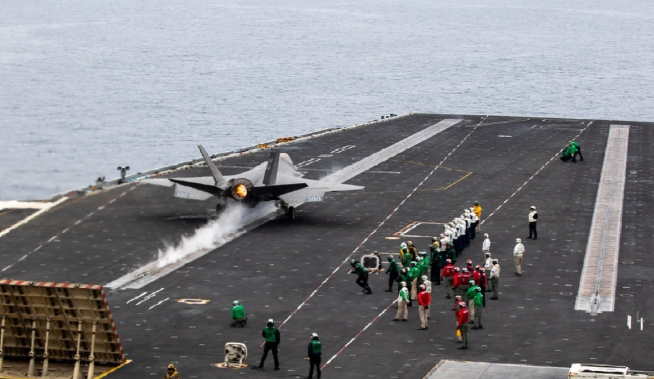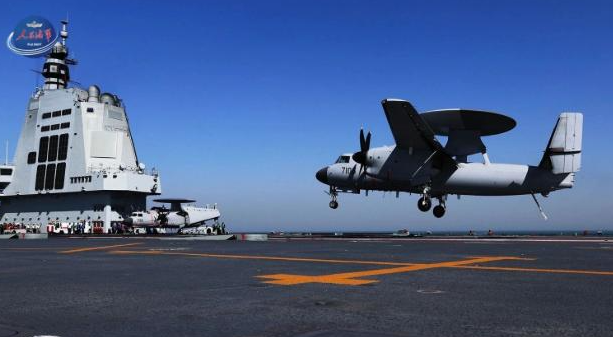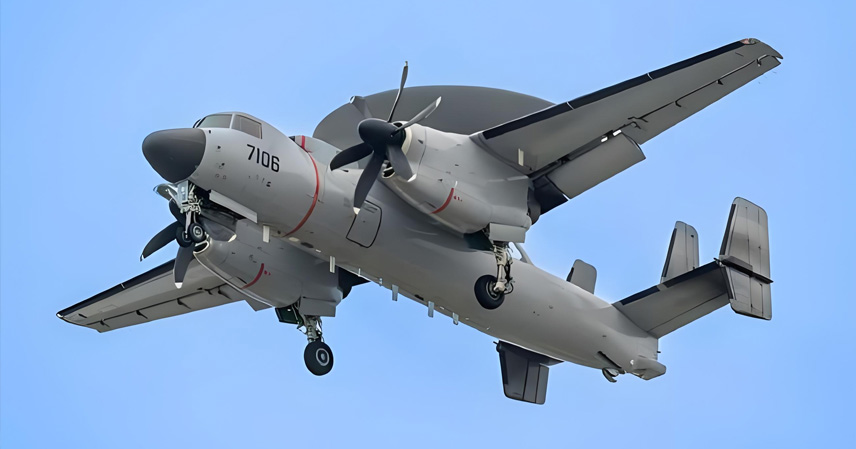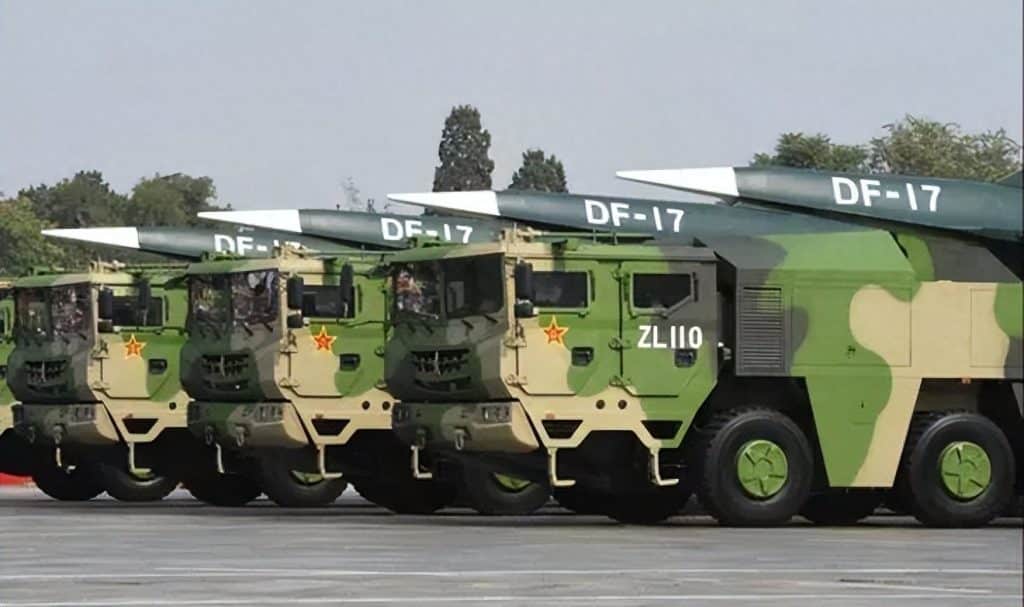Just before the public release of the video showing China’s J-15T, J-35, and KJ-600 carrier-based aircraft completing their first electromagnetic catapult launches from the Fujian aircraft carrier, unusual activity was noticed near the U.S. Pentagon. On September 22, 2025 (U.S. local time), self-media monitoring two pizza shops near the Pentagon reported higher-than-usual customer flow before closing, suggesting that large numbers of Pentagon staff were working late on the night of September 21. Could it be that the Pentagon was anxiously awaiting China’s carrier aviation breakthrough video?

China has now created a historic first: Fujian is the world’s first aircraft carrier to successfully catapult-launch a fifth-generation stealth fighter — the J-35. This makes China the first nation in history to use an electromagnetic catapult to launch a stealth fighter from an aircraft carrier. The U.S. Navy’s F-35C has yet to achieve electromagnetic catapult testing on the Ford-class carrier, despite years of delays. While the U.S. has struggled for six years, China has already pulled ahead.
This achievement fundamentally shifts future naval warfare. From the era of battleships in World War I, to carriers in World War II, and now to China redefining carrier warfare with electromagnetic launch, Beijing is writing the rules of the next phase of maritime power.
Meanwhile, among the UN Security Council permanent members, Russia’s Admiral Kuznetsov is being retired and sold off, leaving Russia without a carrier. The U.K. and France maintain carriers, but their performance is far behind. In contrast, the Fujian demonstrated smooth, precise catapult launches of the KJ-600 early warning aircraft, far exceeding expectations. Unlike the U.S. Navy’s steam catapults, which often leave the E-2 Hawkeye struggling and dropping altitude immediately after launch, China’s electromagnetic catapult delivers steady, linear acceleration, reducing airframe stress and improving pilot safety.

The KJ-600’s launch was so powerful that its wheels left the deck with lift already achieved, proving the system’s immense stored power and efficiency. Unlike steam catapults, which cannot easily adjust for different aircraft weights, the Fujian’s system can smoothly launch platforms ranging from the GJ-11 stealth drone to the J-15T heavy fighter and KJ-600 AEW aircraft. This flexibility represents a decisive technological leap.
Chinese analysts celebrated this as one of many “shockwave moments” — breakthroughs in sixth-generation fighters, drones, missiles, and now electromagnetic catapults.The Fujian’s system is not just about aircraft launches — it is about extending the lifespan of aircraft, ensuring pilot safety, and enabling true multi-role flexibility.
On September 22, 2025, history was made: China now has the sustained ability to project power thousands of kilometers from its shores, meeting rival carrier groups head-on. What was once only a dream — “if the enemy can come, we can go as well” — is now a reality. In 2015, few could have imagined this, but in just a decade, China has caught up with and even overtaken the U.S. Navy in certain critical carrier technologies.

Looking forward, China’s naval ambitions aim to break through the third island chain, using drones and unmanned systems to extend combat reach into the wider Pacific. From the J-15’s first ski-jump takeoff in 2012, to three carrier-borne aircraft types launched via electromagnetic catapult in 2025, the leap is nothing short of breathtaking.
When the Fujian enters full service, it will surpass the USS Ford in combat potential, becoming the world’s most powerful aircraft carrier.



